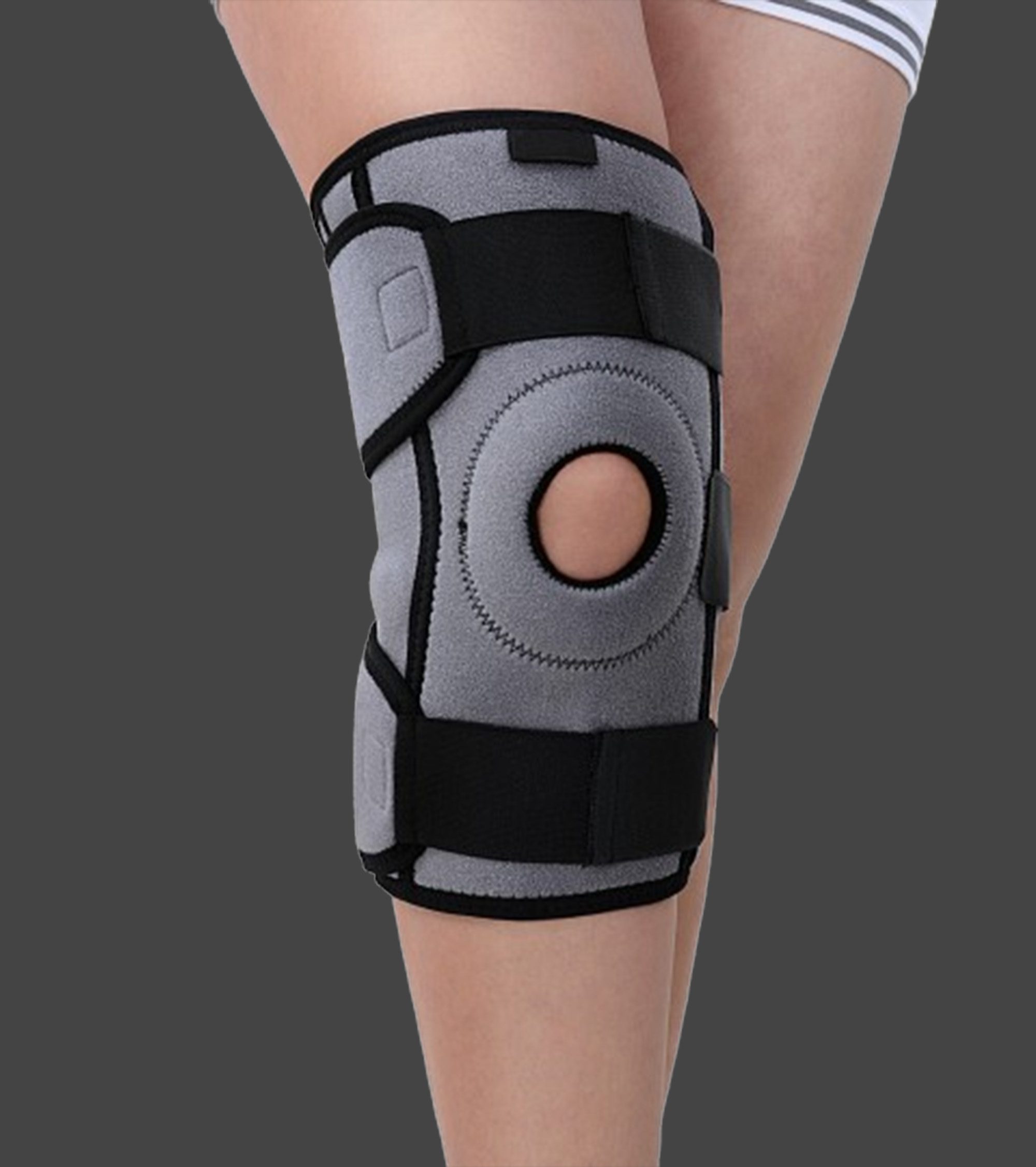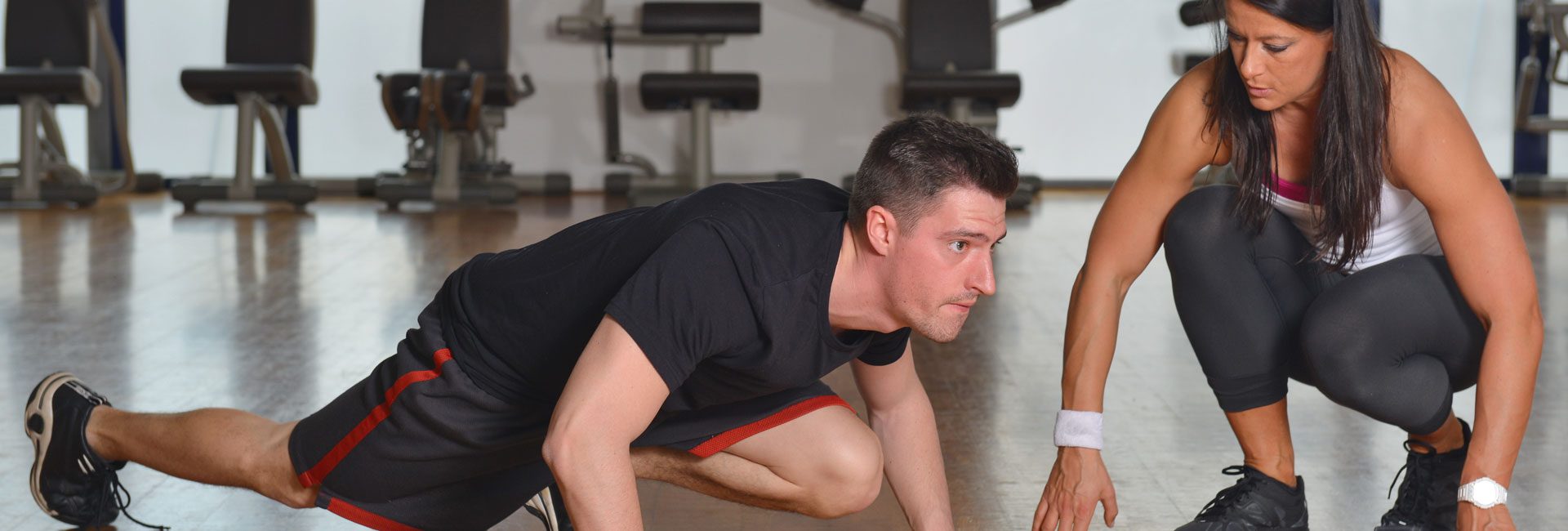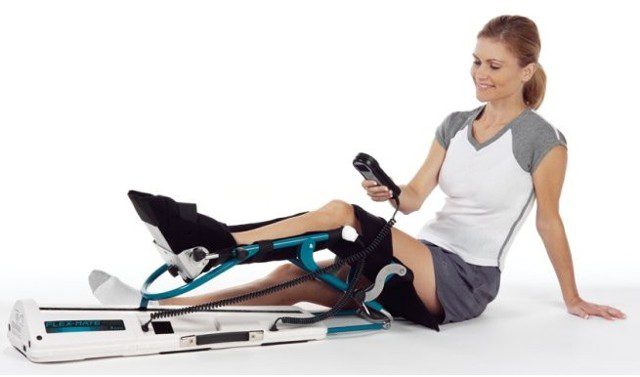What Is Continuous Passive Motion?
Dr. Robert B. Salter, a renowned Professor of Orthopedic Surgery at the Hospital for Sick Children in Toronto, coined the term Continuous Passive Motion (CPM). This treatment method involves slow, rhythmic, and continuous movement of joints post-injury or surgery. Dr. Salter’s groundbreaking insight emphasized the critical benefits of passive movement over a stagnant state to enhance joint rehabilitation effectively.
The Healing Touch of CPM
Through extensive clinical research, Dr. Salter and an expanding community of advocates have illuminated the superiority of CPM in treating joint injuries. Unlike immobilization, which can hinder joint health by impeding synovial fluid circulation and promoting the development of adhesions and scar tissues, CPM fosters cartilage regeneration and joint nourishment and lubrication. By preserving the range of motion and facilitating the growth of new cartilage, CPM accelerates recovery and reduces rehabilitation duration significantly.

Embracing Motion for Joint Health
In the words of Dr. Salter, “Joints were meant to move,” underscoring the essence of movement in sustaining joint vitality post-trauma. Our commitment to promoting joint wellness through CPM reflects our dedication to enhancing your recovery journey. Join us as we unlock the transformative power of continuous passive motion therapy toward optimal joint health and functionality.

Continuous Passive Motion
What is Continuous Passive Motion? The term, coined by Dr. Robert B. Salter, Professor of Orthopedic Surgery at the Hospital for Sick Children in Toronto, describes the treatment protocol of applying slow, rhythmic, and continuous movement to joints immediately following joint injury or surgery. Dr. Salter reasoned that since the intermittent motion was better for joints than total immobilization, the continuous motion should be even superior. Furthermore, given the fatigability of skeletal muscle, it was clear that this motion must be PASSIVE rather than ACTIVE.

Dr. Salter, along with the ever-growing number of supporters of continuous passive motion, has demonstrated clinically that CPM, rather than immobilization, is the preferred treatment for joint injuries. Immobilization has been shown to inhibit the circulation of synovial fluid, thus starving the joint cartilage of nutrients. Furthermore, it has been shown to promote the development of adhesions and scar tissue. CPM, however, has been shown to nurture and regenerate cartilage while maintaining joint nutrition, lubrication, and successful growth of new cartilage. The continuous passive motion also helps to maintain the patient’s range of motion (ROM) in the affected joint, which in turn reduces rehabilitation time.
As Dr. Salter phrased it, “Joints were meant to move.”
It is movement, particularly after trauma, which is vital to the maintenance of healthy joint function.
Contact us at KLC Services to learn more about our Flex-Mate® line of CPM devices.


